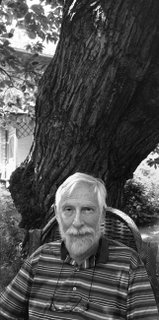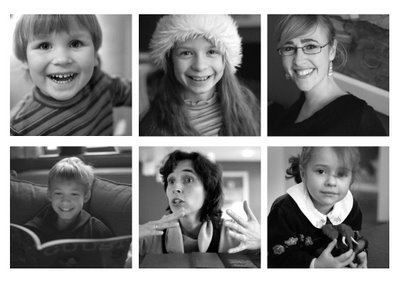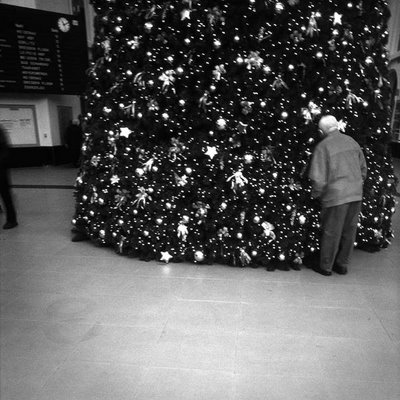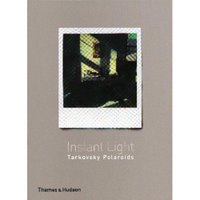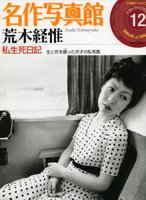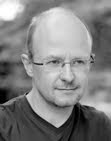
I am happy to return to my blog after a long time. November has been hectic, with travel, report writing, workshops and interviews following each other in rapid succession. I have been to Washington, London (a few times), Prague and Dresden. There has been precious little time for photography. At least in terms of taking actual pictures. Luckily, whilst being on the road I have been able to see couple of interesting photo exhibitions. Also whilst travelling I have time to develop ideas, read and make notes. So, over the last couple of weeks an idea for a new photo project emerged that has got me really excited. More on that later. For now just a couple of remarks on two exhibitions I have seen, one in DC and one in London.
In Washington I had a whole Sunday free. Unfortunately, it was raining cats and dogs, so not a very good day to do some shooting (I had brought the Mamiya 6 along). DC on a stormy Sunday afternoon is as desolate as a burial ground. So I spent the best part of the day in the National Gallery of Art, regurgitating, with throngs of Americans, the old masters. There was a fairly small but busy temporary exhibition showing New York street photography from the epic years 1938-1958, with pictures by Walker Evans, Helen Levitt, Lisette Model, Roy DeCavara, Robert Frank, Saul Leitner (the only in colour), Sid Grossman, Alexey Brodovitch and others. Much of what seemed very daring at the time – stealth portraits, deliberate blurring, extreme clair obscurs – has been immensely popularised with the advent of toycameras and digital snapshot technology. There was a lot to enjoy but the image that pleased me most was a bit of an exception in this show, in terms of aesthetic, its size (biggest) and date (most recent). It was the only image by Richard Avedon: a 1960 portrait of the ageing but towering poet
Auden in a New York snow storm. A very classic photograph, no gimmicks: Auden simply standing upright, in the center, looking down at a camera pointed at him from a fairly low angle (stomach height), with the snow whirling all around. What shone through was the impressive aura of a real artist.
In London I visited the Victoria & Albert museum, which is one of the biggest museums worldwide on applied art. Photography is part of its collection. There is always a tiny and varying selection of V&A’s enormous archive on display. In addition, there are more substantial temporary exhibitions. At this very moment there is an interesting show on
”Twilight”photography. I got to know a series of photographers – Gregory Crewdson, Chrystel Lebas, Ori Gersht, Bill Henson – I had never heard off. There were two exceptions to the familiar dominance of large scale colour prints in contemporary art work: Robert Adams and Boris Mikhailov. The latter really took my by surprise with a series from his project
“Die Dämmerung/At Dusk”. These are panoramic pictures taken during the 1990s in his native city Kharkov. Judging from format and the perspectival distortion, the camera employed was a Horizon 24x58. The photos are very sloppily printed at a fairly small size (+/- 30cm wide) on very low quality stock of paper and then toned in deep cyan blue. Again, the toning has been done without care, resulting in stains and marked tonal differences between individual images. Lots of pictures have been taken on the fly, shot from the hip when Mikhailov was on the move. They are populated with shadowy figures, puddles with debris, bewildered animals, inanimate cityscapes. Some of the pictures where really heartbreakingly beautiful. Vestiges of a civilisation on the brink of annihilation. Their cumulative effect is uncommonly powerful. I was (and still am) bowled over. Sadly, Mikhailov’s “Dämmerung” book, published in 1996 is out of print and is nowhere to be found.
The picture above was taken in November, in Washington DC’s National Gallery of Art, Mamiya 6 on Rollei R3 film.
 We'll be hitting the slopes really soon. Tomorrow we're driving to Basel and the next day onwards to Klosters, where we will stay a week in a chalet with fellow photographer Hans Bol and his Swiss wife Joli. For me it is 30 years ago I stood on skis. Ann and Emma have never been to the snow. So this will be an adventure for us all. I hope to return in one piece.
We'll be hitting the slopes really soon. Tomorrow we're driving to Basel and the next day onwards to Klosters, where we will stay a week in a chalet with fellow photographer Hans Bol and his Swiss wife Joli. For me it is 30 years ago I stood on skis. Ann and Emma have never been to the snow. So this will be an adventure for us all. I hope to return in one piece. 
